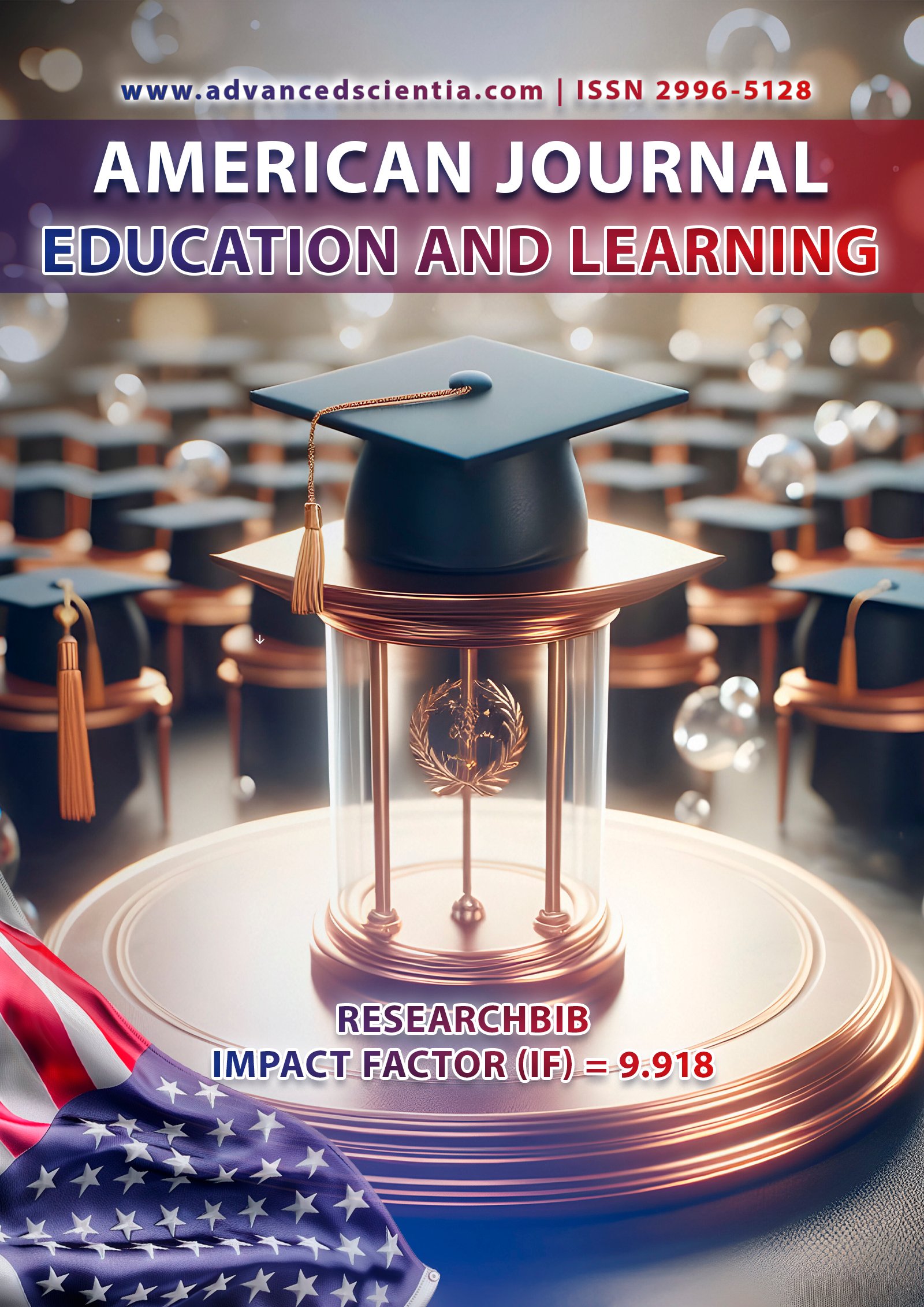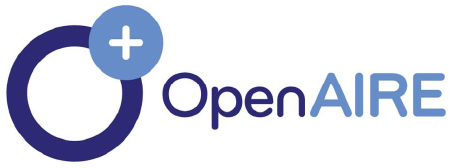CROSS-LINGUISTIC SIMILARITIES. LINGUISTIC PARALLELS IN FOREIGN LANGUAGE ACQUISITION
Abstract
Learning, including language acquisition builds upon prior knowledge, as new linguistic elements are understood by connecting them to existing cognitive structures. What matters to the language learner is language proximity. Both single language and cross-linguistic awareness play a crucial role in acquiring another language. One significant aspect of this process is cross-linguistic transfer, where similarities between L1 and L2 influence learning. Moreover, passive understanding of language does not automatically lead to active use. Learning requires structured practice, and a deeper understanding of linguistic parallels in the cognitive process behind it. This study explore various aspects of similarities and how these parallels can affect FLA and examines connections that help learners to support language transfer, with particular focus on Spanish, Russian, Uzbek, Arabic and Japanese in relation to English.
References
1. Ringbom, H. (2007). Cross-linguistic similarities in foreign language learning. Multilingual Matters.
2. Artstein, R., & Poesio, M. (2008). Inter-coder agreement for computational linguistics. Computational Linguistics, 34(4), 555–596. https://doi.org/10.1162/coli.07-034-R2
3. Bolognesi, M., & Aina, L. (2019). Similarity is closeness: Using distributional semantic spaces to model similarity in visual and linguistic metaphors. Corpus Linguistics and Linguistic Theory, 15(1), 101-137. https://doi.org/10.1515/cllt-2016-0061
4. Benson, C. (2002). Transfer/crosslinguistic influence. ELT Journal, 56(1), 68–70.
5. Frota, S., & Prieto, P. (In press). Intonation in Romance: Systemic similarities and differences. In S. Frota & P. Prieto (Eds.), Intonation in Romance. Oxford University Press.
6. Juan-Checa, J. J. (2017). Comparing phonetic difficulties by EFL learners from Spain and Japan. Fórum de Recerca, 22, 451-465.
7. Gurdial Singh, K. K. (2017). Parallelism between language learning and translating. Journal of Modern Languages, 17(1), 17–30. Retrieved from https://jummec.um.edu.my/index.php/JML/article/view/3386
8. Chen, Y. (2022). The role of cross-linguistic influence in second language acquisition. Journal of Higher Education Research, 3(1), 98-101.
9. Sharwood Smith, M., & Kellerman, E. (1986). Crosslinguistic influence in second language acquisition. Pergamon Press.
10. Odlin, T. (1989). Language transfer: Cross-linguistic influence in language learning. Cambridge University Press.
11. Arabski, J. (2006). Language transfer in language learning and language contact. In J. Arabski (Ed.), Cross-linguistic influences in the second language lexicon (pp. xx-xx). Cromwell Press.
12. Studies in Language Sciences: Journal of the Japanese Society for Language Sciences. (2013). Studies in Language Sciences, 12, 70–94. Kaitakusha.
13. Labrune, L. (2012). The phonology of Japanese. Oxford University Press.
14. Ellis, R. (1994). The study of second language acquisition. Oxford University Press.
15. Selinker, L. (1972). Interlanguage. International Review of Applied Linguistics in Language Teaching, 10(3), 209-231.
16. Chomsky, N. (1986). Knowledge of language: Its nature, origin, and use. Praeger.
17. Cummins, J. (1979). Linguistic interdependence and the educational development of bilingual children. Review of Educational Research, 49(2), 222-251.
18. Krashen, S. D. (1985). The input hypothesis: Issues and implications. Longman.
19. McManus, K. (2021). Crosslinguistic influence and second language learning. Routledge. https://doi.org/10.4324/9780429341663
20. Chen, Y. (2021). The role of cross-linguistic influence in second language acquisition. Journal of Higher Education Research, 3(1), 98-104. https://doi.org/10.32629/jher.v3i1.659
21. Berzak, Y., Reichart, R., & Katz, B. (2016). Contrastive analysis with predictive power: Typology-driven estimation of grammatical error distributions in ESL. Proceedings of the 54th Annual Meeting of the Association for Computational Linguistics (Volume 1: Long Papers), 879-889. https://doi.org/10.18653/v1/P16-1083
22. Oba, M., Kuribayashi, T., Ouchi, H., & Watanabe, T. (2023). Second language acquisition of neural language models. arXiv preprint arXiv:2306.02920. https://arxiv.org/abs/2306.02920






















